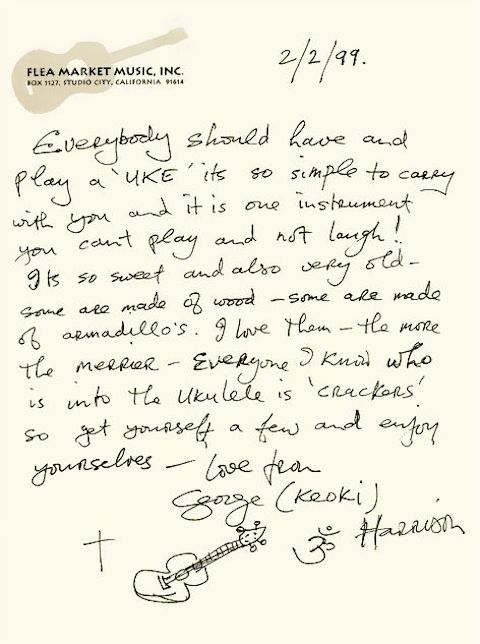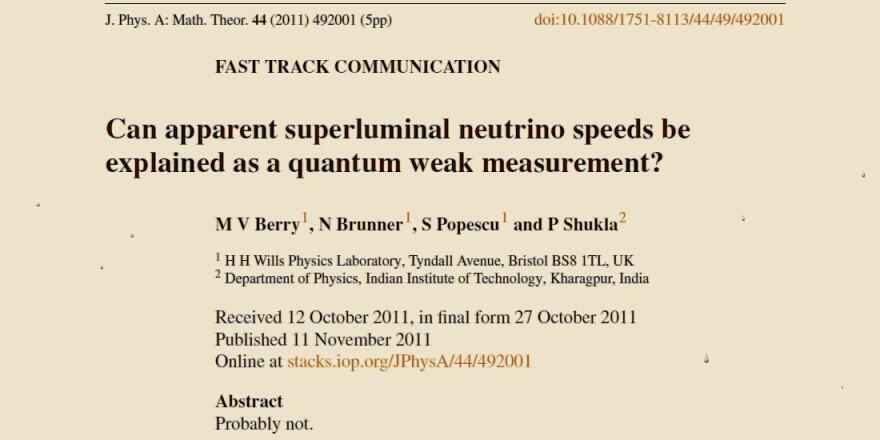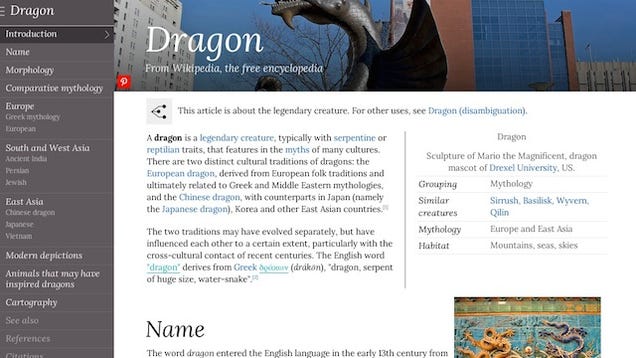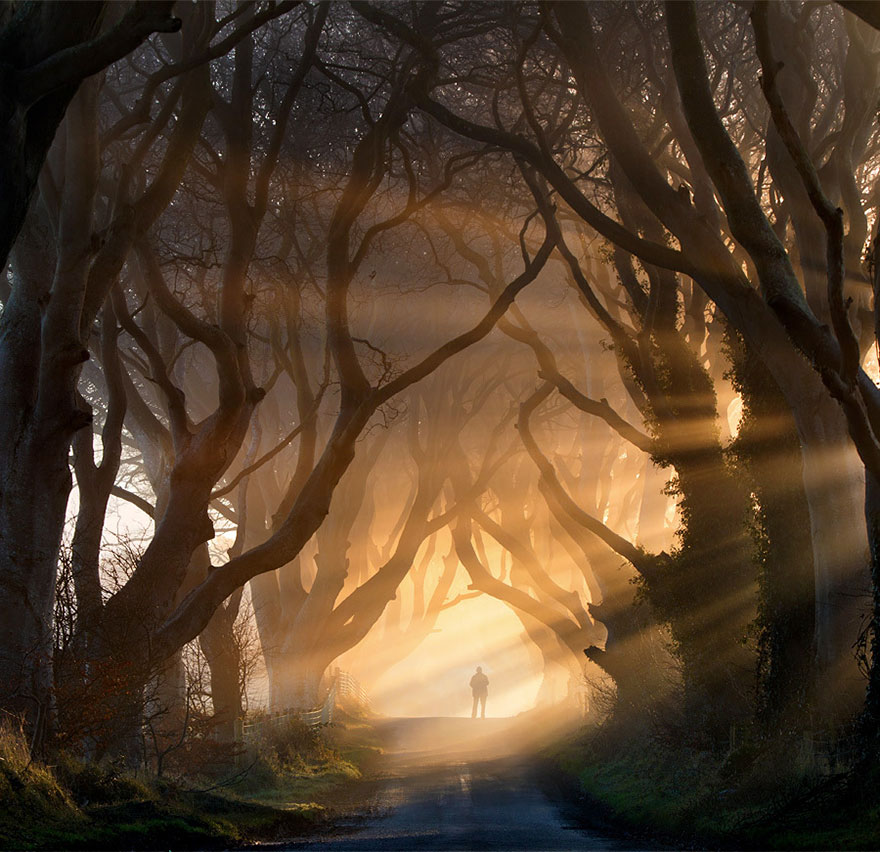
© Robbie Khan
Riding the tube: it’s harder than you’d think. There are mistakes to be made on every platform, at every escalator, behind every pack of confused tourists. It’s all too easy, in fact, to mess things up – resulting in disaster! Or, at least, the seething, passive-aggressive stares of grumpy Londoners.
But we were all tube newbies (Tewbies) once upon a time. And nobody explains the rules. Nobody tells you not the press the ‘open’ button on the train doors, or that it’s just an ornament designed to make you look stupid.
Here, then, at long last, is Time Out’s comprehensive ‘How To’ for the tube: a 20-point guide covering the basics of Underground manners, plus a few more advanced techniques for not pissing people off.

1. Stand on the right. Walk on the left.
This is tube 101. And it doesn’t just apply to escalators. Pretty much anywhere throughout the Underground network, if you’re walking, you should be on the left. To the left on the stairs, to the left in the tunnels – it’s what that Beyoncé song was all about.
2. Choose a side, and stick to it.
Walking or standing: decide nice and early as you approach the escalator. Don’t sneak down the inside lane, then cut into the standing queue. What are you, a white-van man?

3. You don’t need to wait for the barriers to shut.
Just touch your Oyster on the reader, glide smoothly through the gate and hope the guy behind you hasn’t forgotten to top up. (If he has the barriers will snap shut like a venus flytrap.)
4. Help people with buggies.
You should always ask pram pushers if they need help getting up or down stairs. Be generous. It’s hard enough getting your own adult body through the tube system, just think what it’s like carting a tiny idiot around with you.
5. Don’t talk to anyone.
I know. It sounds lonely, but commuters are like sleep walkers – they shouldn’t be woken up. That woman staring at the floor probably isn’t having an existential crisis. It’s more likely she’s picturing herself somewhere far away: a Tahitian beach, maybe, or a snowy Alpine resort. Or just somewhere that isn’t the armpit-y corner of a scorching hot metal box, juddering through sweaty and hellishly deep tunnels, far below the surface of the Earth.
6. Don’t make eye contact.
Not much, anyway. It’s only really acceptable when the train driver makes an irate comment over the intercom – then you can share a knowingly raised eyebrow or two with the person opposite you. At all other times, it’s basically assault.
7. Let passengers off the train first.
In polite British society, there’s no greater faux pas than barging onto a train as soon as the doors open. Even the Marquis de Sade would find that a bit gauche. We wait. That’s what we do.
8. Don’t obstruct the doors.
Here’s a useful fact to know about tube trains: they come every two-to-four minutes. That’s minutes, not days. Meaning that (excepting race against time/life-or-death-type action movie scenarios) there’s no real reason to fling yourself at a set of closing doors. If you delay things 30 seconds, and there are 500 people on your train, and 500 people on the train that gets stuck behind it, that’s a total time loss of 500 minutes! Or, to really put things into perspective, one whole season of hit ’90s TV show ‘Friends’.

9. No McDonald’s.
Seriously, you’re either making us hungry or grossing us out.
10. Don’t be self-righteous.
Knowing who to give your seat up for is an absolute minefield. Are they pregnant or is that a paunch? Are they old or just wrinkly? It’s hard to judge, and unless you’re constantly on the lookout for people who might need a bit of bum support more than you, then you’re liable to miss the opportunity to do the right thing. It doesn’t make you a bad person. If you do give your seat up, well done to you. Just don’t be all Bono about it.

11. Move down the platform.
The tube system is a bit like the human body. Blood needs to be flowing constantly through its veins and arteries. Any blockage could be fatal. Don’t be a clot, in other words.
12. Check your headphones aren’t leaking sound.
Also – and this can’t be stressed enough – NEVER play music out of your phone. You could be jamming to Beethoven’s ‘Fifth’, it would still sound like a war being broadcast through a yoghurt pot.
13. No groping.
We shouldn’t have to explain this one.

14. Everyone gets off at Oxford Circus.
Before you barge your way towards the doors, dropping ‘excuse me’ bombs left right and centre, remember that a lot of people get off at the major tube hubs. Just hang back, dude. Chill out.

15. Don’t throw newspapers and magazines on the floor.
They’re messy and slippery, and someone might want to read that copy of Time Out you’ve just cast off (you animal). If you spot a Metro, quietly pick it up, place it in an opaque container, then dispose of it at a recycling bin ASAP. This is correct procedure in order to ensure that no one has to suffer reading it.
16. Hold on.
It sounds like an obvious one, but unless you’ve assumed the wide stance, perpendicular to the train’s direction (as favoured by the pro ‘tube surfer’), you’re going to bumble backwards as soon as it sets off, crash into someone, have to apologise, and then end up red-faced. Remember, things move fast in London.
17. Don’t be sniffy.
If you’re bunged up with snot, you probably ought to blow your nose. Hiking that mucus back up your hooter by taking little sniffs every ten seconds isn’t the way to solve anything. And it’ll drive everyone around you near crazy.

18. Leave celebs alone.
There are famous people in London. You see them all the time in fact. For example: Claire Balding, Jeremy Irons or Dave Benson Phillips from TV’s ‘Get Your Own Back’. Try to resist the urge to thrust your camera phone in their face. Just imagine how much of that Dave Benson Phillips gets.
19. Ignore the drunk guy.
Every 50 or so journeys you take you’ll end up in a carriage with ‘that’ guy. He’ll be trying to engage people in awkward conversation, swigging from a beer can, threatening to get angry, talking too loud and generally causing a scene. These tube boozers are predictable, and mostly harmless. They’re in it for the attention. The sensible thing is not to encourage them.
20. Think of the collective good.
Consider, for a moment, the ant colony. All the ants work together towards a common goal. Together they get stuff done. The more we cooperate, and put the group before the individual, the better everything works – that’s the golden rule for using the tube. Above ground, however, we can forget all that Communist nonsense and go back to being self-interested sharks. This is London, after all.
By Jonny Ensall
Prefer cycling? Take a look at our A-Z guide to cycling in London.



 Steve Hoefer can't stop you smashing your thumb, but he can help ensure you pick the right tool to smash it with.
Steve Hoefer can't stop you smashing your thumb, but he can help ensure you pick the right tool to smash it with. 

 Rick Rosner is my unfathomably weird and wonderful high school friend. I knew he was smart, but it turns out he is the second smartest person in the world, according to a bunch of IQ testing he's taken. He is so unusual that Errol Morris made a documentary about him.
Rick Rosner is my unfathomably weird and wonderful high school friend. I knew he was smart, but it turns out he is the second smartest person in the world, according to a bunch of IQ testing he's taken. He is so unusual that Errol Morris made a documentary about him. 

















































